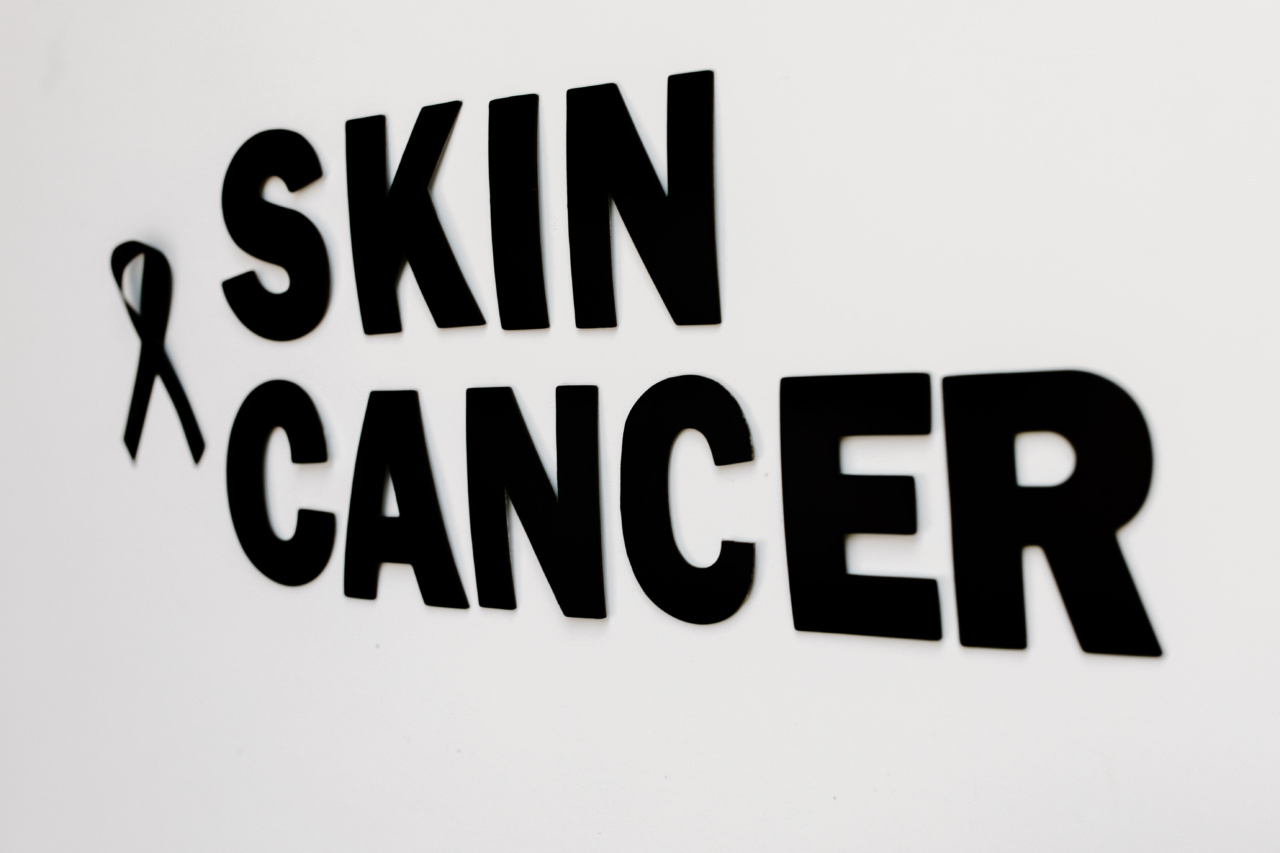Vitamin B12 is an essential nutrient that our body needs to keep many of its functions running smoothly. It plays a critical role in maintaining a healthy nervous system, red blood cell production, and DNA synthesis.
But surprisingly, many people have a B12 deficiency without even realizing it.
What is a B12 Deficiency?
B12 deficiency occurs when the body is not getting enough vitamin B12. This can happen due to several reasons, including a lack of B12 in the diet, intestinal malabsorption, or genetic defects that affect the absorption of B12.
So, what are the visual signs of B12 deficiency? One of the first signs is fatigue, followed by depression, weakness, and tingling in the extremities.
As the deficiency progresses, symptoms get worse and could lead to pernicious anemia, a serious condition that affects red blood cells, making them larger than normal and unable to function correctly.
Why Fungi Matters
Fungi are everywhere, and their presence in the environment and our bodies is not necessarily harmful. However, when fungi begin to grow uncontrollably, they can cause health problems in both plants and animals.
Fungal infections can take different forms and can happen in several parts of the body, such as the skin, nails, and internal organs. The most common fungal infections are candidiasis, aspergillosis, and cryptococcosis.
The Visual Signs of Fungal Infections:
Most fungal infections are easily treatable with antifungal medications. However, if left untreated, they can become severe and cause permanent damage to the infected area. Here is a list of visual signs to look for when dealing with fungal infections:.
- Skin: Itching, redness, rashes, scaly patches, flaking, and cracking.
- Nails: Yellowing, thickening, and separation from the nail bed.
- Lungs: Shortness of breath, coughing, fatigue, fever, and chest pain.
- Central Nervous System: Headaches, seizures, and mental confusion.
- Internal Organs: Fever, body aches, and an overall feeling of malaise.
Do You Know the Visual Signs of Cancer?
The word “cancer” scares many people. The truth is that cancer is a broad term that encompasses hundreds of different diseases that can affect different parts of the body in different ways.
The good news is that many cancers are treatable, and early detection is crucial in ensuring the best possible outcome. One of the best ways to detect cancer early on is to know the signs and symptoms.
The Visual Signs of Cancer:
Symptoms of cancer can vary depending on the specific type and stage of the disease. However, here are some of the most common visual signs to be aware of:.
- Breast cancer in women: A lump or thickening in the breast or underarm area, changes in breast size or shape, dimpling of the skin, nipple discharge, or a nipple that turns inward.
- Skin cancer: Changes in the size, color, or shape of a mole or freckle, a sore that does not heal, a reddish patch that may be tender, itchy, or painful, a shiny or waxy bump, or a raised pink or red bump.
- Lung cancer: A cough that won’t go away, chest pain, shortness of breath, wheezing, hoarseness, or coughing up blood.
- Colon cancer: Changes in bowel habits, such as diarrhea, constipation, or narrow stools, rectal bleeding, abdominal pain or cramping, or unexplained weight loss.
- Mouth cancer: A sore on the lips or inside the mouth that does not heal, white or red patches on the tongue or inner cheeks, difficulty swallowing or chewing, or a change in voice.
Conclusion
Knowing the visual signs of different health issues is important in detecting problems early on and seeking medical attention.
A B12 deficiency, a fungal infection, or cancer can all have serious consequences, but early detection and treatment can save lives.





























